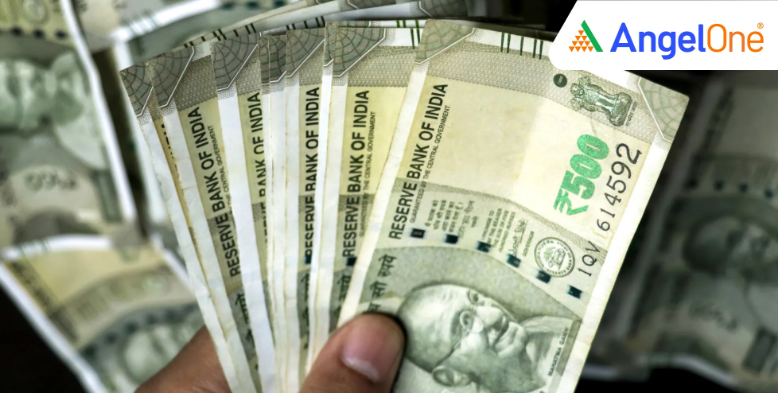
The Indian rupee recently breached the ₹89 per dollar mark, raising concerns among policymakers, businesses, and consumers. This depreciation reflects underlying domestic and global economic factors and could influence trade, inflation, and capital flows in various ways.
The slide in the rupee’s value can be attributed to multiple interconnected factors. A strong US dollar, supported by tight monetary policy in the United States, has led investors to favour dollar assets.
Simultaneously, elevated crude oil prices have contributed to a higher import bill, increasing India’s current account deficit and weakening the rupee. Additionally, reduced foreign capital inflows and concerns over geopolitical tensions have added pressure on the currency.
For importers, especially those dependent on dollar-denominated goods like crude oil, electronics, and pharmaceuticals, a weaker rupee increases costs. This pressure may eventually be passed on to consumers.
Conversely, exporters may benefit as their goods become cheaper and more competitive in global markets. However, any gains for exporters may be offset by higher input costs if raw materials are imported.
Read More: Targeting ₹4 Crore with SIPs: What Monthly Investment Do You Need?!
For Indian investors holding US assets or companies earning in dollars, there might be valuation gains. However, those with foreign travel or overseas education plans will face increased expenses. Currency fluctuations can also influence investor sentiment in equity and bond markets, adding volatility to capital markets.
The rupee breaching ₹89 per dollar reflects both domestic economic pressures and global financial shifts. While it presents opportunities for some exports, it also heightens risks of inflation and impacts the cost of imports, potentially influencing monetary and fiscal policymaking.
Disclaimer: This blog has been written exclusively for educational purposes. The securities or companies mentioned are only examples and not recommendations. This does not constitute a personal recommendation or investment advice. It does not aim to influence any individual or entity to make investment decisions. Recipients should conduct their own research and assessments to form an independent opinion about investment decisions.
Investments in the securities market are subject to market risks, read all the related documents carefully before investing.
Published on: Nov 24, 2025, 12:20 PM IST

Team Angel One
We're Live on WhatsApp! Join our channel for market insights & updates